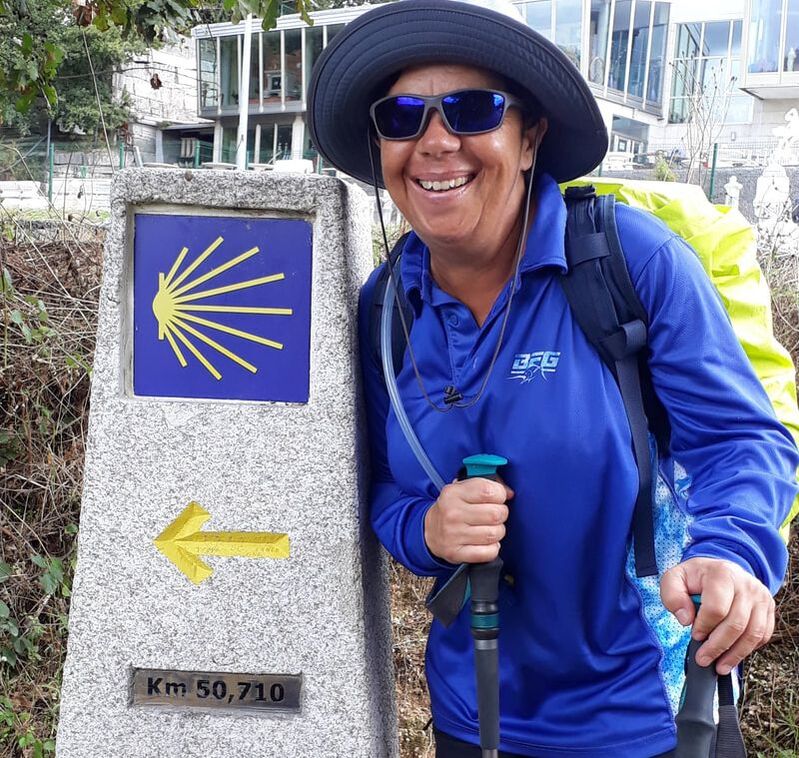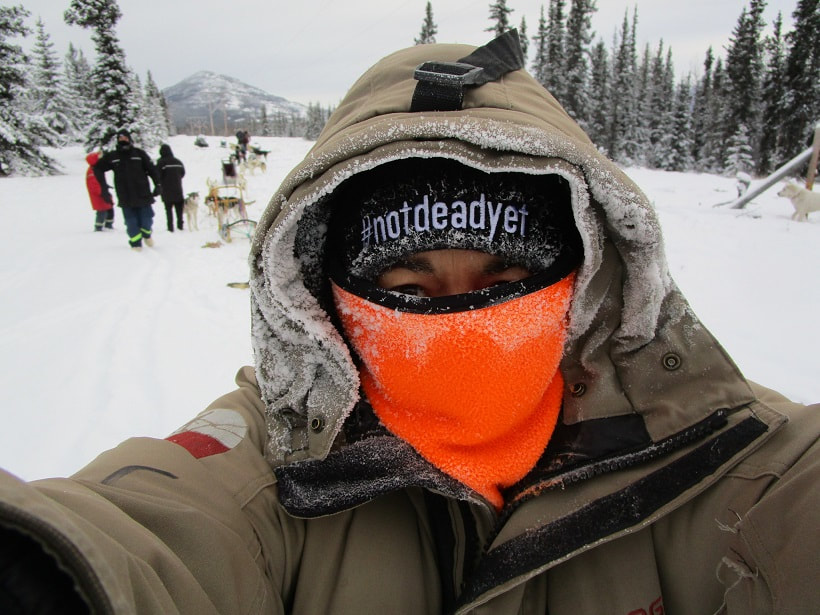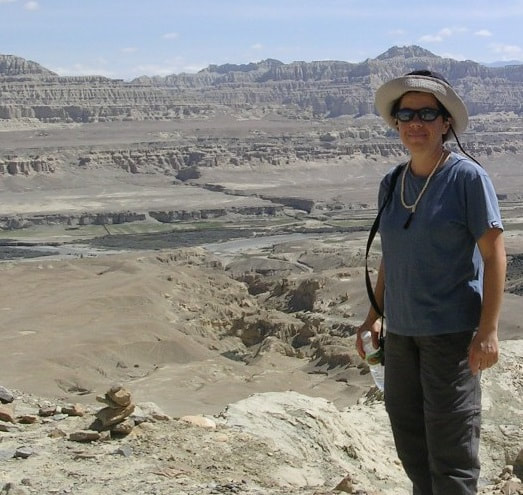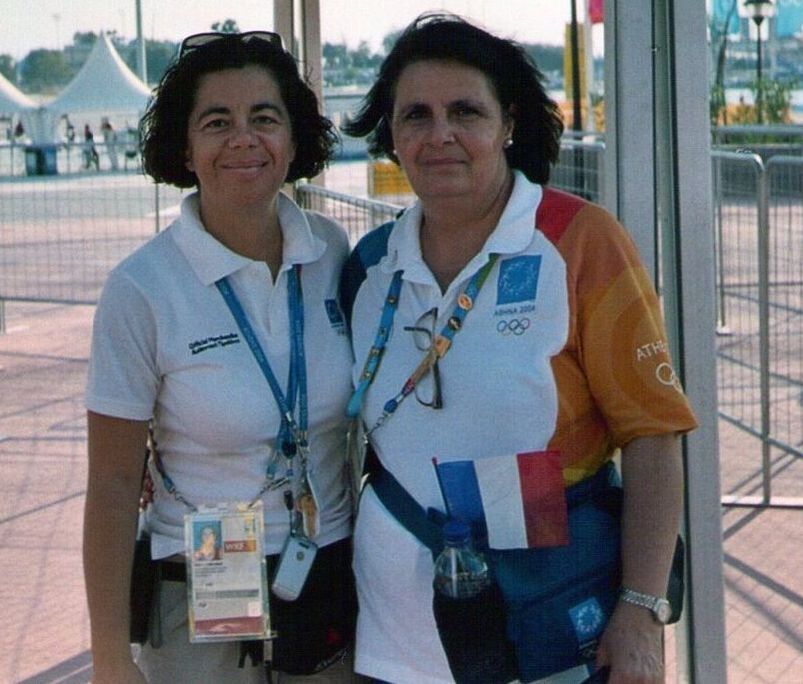|
“But how,” I asked, waving the user manual, “do I create a customer account on the new system?” I threw the page into the bin and decided to write my own instructions. What’s the point of reading a page full of text if it doesn’t tell you how to actually use the software? I hate reading complicated instructions. I learn better if you show me how to set up the DVD player or use a new computer program. I also hate it when IT people go click, click, click with the computer mouse and triumphantly announce “all fixed.” “But what did you do?” I’d often cry in exasperation. “I want to know how to fix it myself if I have the same problem again.” I like to know how things work, what caused the problem and how to self manage it. It’s part of my stickybeak nature. Keep it simple, please There are four key questions I ask whenever I start a new job or project or learn something new: 1. What are you doing? 2. How did you do that? 3. Let me try 4. Why are you doing it that way? That last question invariably causes defensive reactions. “That’s how we’ve always done it!” Another thing I hate is a long-winded-complicated-convoluted-double handling-time-wasting process. I mean, how can you have three disparate methods for carrying out one simple task? “Surely there’s an easier way,” I’d offer. And yes, there usually is a more streamlined procedure. And I love to write it - in simple, clear, user-friendly steps. That’s how operations manuals are meant to look. I’m amazed how many organizations don’t have user manuals available for new or temporary staff. I’ve always written my own procedures when using a new database or software system and (because I’m a Capricorn) I’d type them up neatly and keep a printed copy on my desk for easy reference. It also made my job of training new staff much easier. One operations manual. One process. And, most important, easy to understand. How to map your job A few years ago, a HR manager decided to introduce core process mapping into our workplace. Eh? But I’d already updated our customer service user manuals. That was the HOW. Now we needed to document WHAT we did – our key business functions, tasks and main steps. Yawn. Boring. Right? However, my interest was piqued – it involved tables and flowcharts, which appealed to my visual learning style. I could see the big picture on paper: squares, diamonds, and arrows. I was like a kid in a lolly shop; I was the only employee who enthusiastically embraced this project. “Good,” said my manager, “you can map the customer service processes.” While other managers cringed and rolled their eyes in lament, I continued drawing flowcharts. I even drew them for the marketing and finance departments, even though I didn’t know anything about payroll or credit control. I didn’t need to know HOW, only the WHAT. And I asked lots of questions (that’s my stickybeak journalist nature surfacing again). I’ve always enjoyed working with tables and statistics, and especially love graphs and charts. Perhaps it’s the pretty pictures, but it explains why I’m a visual person, as I often say, I see or show me. I’m also a hands-on person as I talk with my hands, although I’ve noticed that my auditory abilities have improved since joining a community choir. Image: Nutdanai Apikhomboonwaroot www.FreeDigitalPhotos.net The three learning styles 1. Visual learners • take numerous detailed notes • tend to sit in the front • are usually neat and clean • often close their eyes to visualize or remember something • like to see what they are learning • benefit from illustrations and presentations that use colour • are attracted to written or spoken language rich in imagery Expressions: This looks good. Do you see what I mean? 2. Auditory learners • learn by listening • easily distracted by noise • acquire knowledge by reading out loud • interested in what you have to say Expressions: I hear you. This sounds good. 3. Kinesthetic learners • need to be active and take frequent breaks • speak with their hands and with gestures • remember what was done, but have difficulty recalling what was said or seen • find reasons to tinker or move when bored • rely on what they can directly experience or perform • activities such as cooking, construction, engineering and art help them perceive and learn Expressions: How do you feel about this? It feels right. What’s your learning style? Take the test.
5 Comments
Jenny Duickworth
15/6/2012 12:15:05 am
We studied the learning styles at the school where I was teaching in Sydney at one of our staff development days. Our task then was to work in small groups and go through some of our teaching materials to re-write them with activities for each learning style. It was a great day! Once we got started, it became easier and most of us started using it in our day to day lessons.
Reply
Hari Kotrotsios
15/6/2012 04:40:11 am
Hi Jenny, indeed, it's important to be aware of how people learn and have the tools for adapting to their needs. It's great that you were exposed to these techniques during your teaching days - I only came across these a few years ago!
Reply
15/6/2012 01:22:11 am
Like you, Hari, I am a visual learner. With a big chunk of the auditory thrown in. I learned early at school that it was useful to close my eyes to assist visualisation and memory. My teachers called it sleeping. It was a technique I carried on into my professional life, in which I attended many meetings, conferences and seminars. I can't recall the subject matter of most of them, but I do know that I left most of them refreshed and alert. And I love flowcharts. I covered three walls of my office with one splendid example, scrapping it only when one of my smarter colleagues pointed out that the only thing it demonstrated was that my own position was redundant. I have since moved on to become a kinesthetic learner, a technique I find much more rewarding because I feel good about so much, especially my ability to sleep through boring meetings. Keep up the blogs..
Reply
Hari Kotrotsios
15/6/2012 04:47:30 am
Peter, I agree that visualisation is best achieved with your eyes closed! It also blocks out a speaker's distracting body gestures such as fidgeting with coins in their pockets, pacing, or reading off a PowerPoint presentation with their back to the audience.
Reply
Peter Nolan
15/6/2012 06:24:00 pm
Management tools come and go, but a good flowchart has no end. Your comment will be posted after it is approved.
Leave a Reply. |
 Portuguese Camino 2019 Portuguese Camino 2019
Travel blogs
New Zealand 2008 Tibet 2007 New Zealand 2006 Melbourne 2006 United Kingdom 2004 Athens Olympics 2004 Peru 2003 Beijing to Athens 1994 Nepal 1991 Categories
All
Archives
December 2019
|
|
I acknowledge the traditional Custodians of the land on which I work and live, the Gubbi Gubbi / Kabi Kabi and Joondoburri people, and recognise their continuing connection to land, the waters and sky. I pay my respect to them and their cultures; and to Elders past, present and emerging.
|
© 2024 HARI KOTROTSIOS
|



